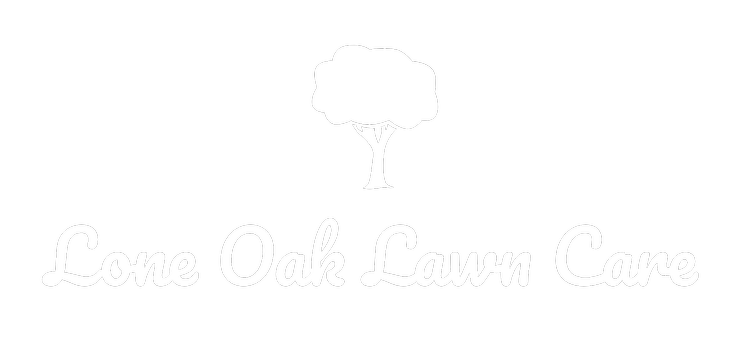Aeration / Seeding
CORE aERATION
This process removes 6 to 10 plugs per square foot to a depth of one or two inches and deposits them on top of the lawn.
There are several important benefits:
An area is opened for new root growth. Also, clipping the old roots encourages new root growth. New root growth is more vigorous and better able to resist insects, disease and tough environmental conditions.
The root system tends to be denser which enables the plant to grow more top growth giving you a thicker lawn.
The soil which is left on top of the lawn encourages bacteria which break down thatch. Aeration will not cure a severe thatch problem but, as part of good maintenance, will help control thatch and encourage more roots below the thatch layer.
Surface compaction is reduced. This is not as big a factor in home lawns as in high traffic situations like parks and golf courses.
Aeration is especially beneficial for lawns with diseases such as Ring Spot as increased vigor helps the lawn to resist disease. Over-seeding thin spots after aeration will help establish other varieties and increase genetic diversity and lower disease susceptibility.
Please do not remove the plugs but rather allow them to breakdown as noted in #3 above.
Thick lawns that look like a carpet and feel like a carpet when you walk on them should be aerated every year. Lawns with disease problems should be done every year. If the lawn has a significant thatch layer it should be aerated regularly. Lawns where you can easily find the soil by moving the grass with your finger have no significant thatch and can be done less often.
SEEDING
RECOMMENDATIONS
If grass is thin the lawn should fill back in with good mowing and watering.
If the lawn has moderate dead spots they can be spot seeded by hand scratching and seeding but large areas need to be renovated. Be sure to get seed soil contact with the seed slightly under the soil surface. Use a seeding machine or aerate a couple of times and broadcast seed into the holes. If the lawn has significant thatch be sure the seed gets down to the soil. Use high quality name brand seed and read the label for contents. Sunny mix (bluegrass varieties and perennial ryegrass varieties) or shady mix (red fescue, chewings fescue or hard fescue). Do not use tall fescue unless you are seeding an entire lawn and want this coarser grass which will not match bluegrass.
New grass seed needs watering daily or twice daily if the weather is hot or windy.
Set your mower at 3½ inches with a push mower or 4 inches with a rider and leave the setting there all year. It is OK to mow 2½ inches the last time in fall or the first time in spring but do not mow shorter than this, or at other times, or repeatedly. Recent research shows that several short mowings shorten the roots and it takes about 60 days of good mowing for the roots to recover. If your mower can't be set tall get one that can. This is the most important thing you can do for your lawn.
Do not save money on water unless you want to convert to a tall fescue lawn. Bluegrass is far more beautiful but bluegrass country is Ohio, Indiana and Kentucky where rainfall averages around 40 inches and many people there have sprinkler systems. Plan to put 15 to 20 inches of water on your lawn in an average year.
things to look for
on a seed label
Good quality seed should be at least 85% germination.
Look for named varieties - not something like bluegrass VNS (which means variety not stated) or just bluegrass. A good blend will have more than one or two varieties half a dozen is the ideal as there is likely more genetic diversity and less chance that the whole lawn will be damaged by disease, insects or severe weather. The label shows about 60% bluegrass and 40% ryegrass. Since ryegrass seeds are much larger than bluegrass this mix is actually more like 90% bluegrass which is OK because bluegrass is the most desirable grass.
Other crop seeds are likely to be coarse grasses so look for zero percent in this category.
Inert matter is miscellaneous junk so look for only a percent or so.It's not bad but it adds nothing.
Look for no weed seeds as some weeds are tough to get rid of.
Noxious weeds are very bad. LOOK FOR ZERO.


